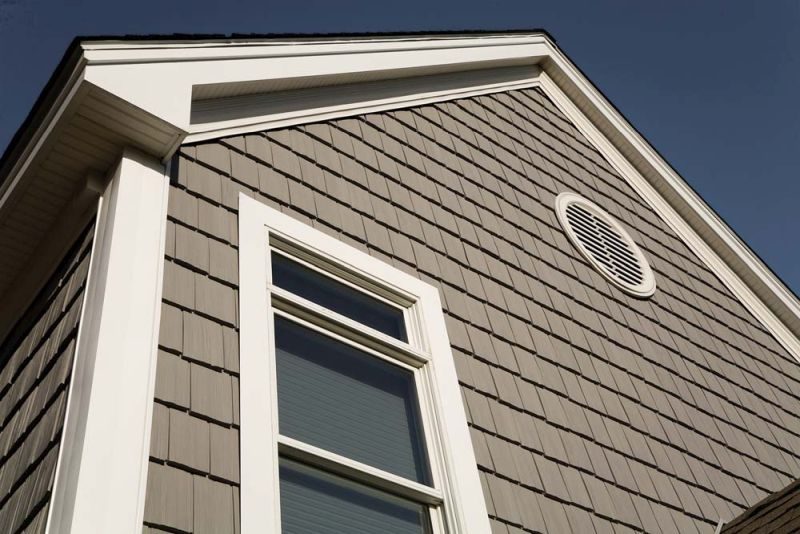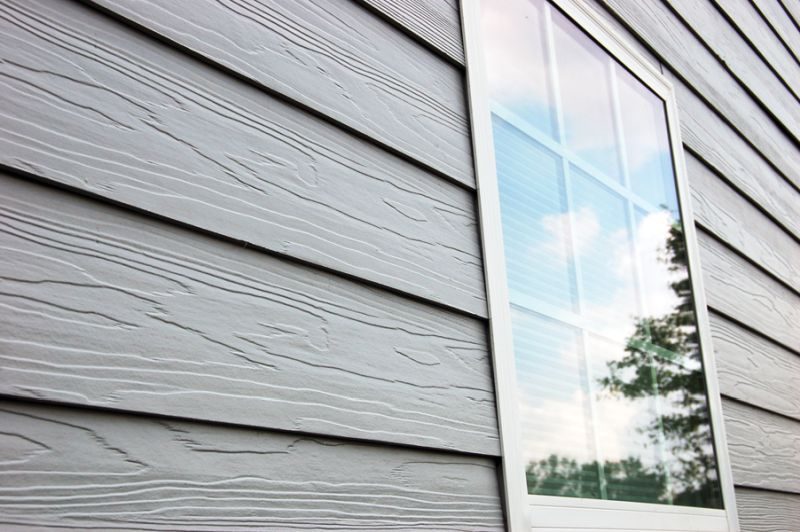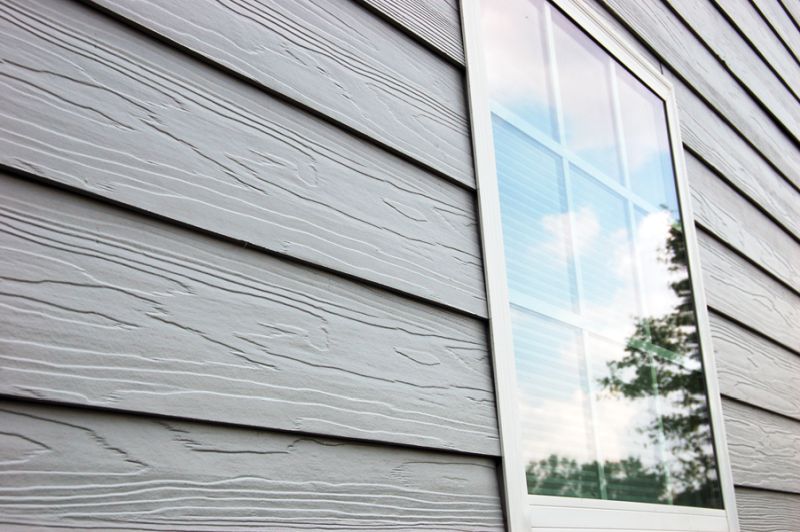For many homeowners looking into siding renovations, the selection of exterior materials can feel incredibly daunting. There are so many options to choose from, and all of them come with a particular set of benefits and burdens.
Our friends at Siding Vancouver know well how overwhelming the process can be, so they stopped by to lend their siding expertise and shed some insight into three most popular types of home exterior materials.
Vinyl Siding

Vinyl siding is the most popular siding material in the United States and Canada. It offers high durability, a pleasing appearance, low-maintenance (read this article on reducing maintenance for home exterior for better clarity), and low-cost installation. With all these attributes, it is no wonder that this synthetic material has come to dominate the market.
Offered in a huge range of colors, vinyl is a great option if you are looking for a bright or non-traditional home color. Whatever color you choose—be it vibrant or neutral—it will last a remarkably long time. Vinyl’s synthetic nature allows the pigment to be spread throughout the entire product. This means that the material’s color is present even at the core of the board. When scratched, there is no noticeable difference in appearance. Vinyl is also offered in a variety of shapes, including shingles, scallops, and boards. Like any product, it will fade over time, but generally stands up remarkably well to both weather and surface damage.
Insulated vinyl siding is another interesting option that the material offers to homeowners. Featuring a regular vinyl plank on one side and a foam plank on the other, this material offers impressive gains in energy efficiency. Many customers report improvements over 30%. This insulated material also reduces outside noise pollution. This is particularly helpful for customers living in noisy urban areas. While the product is more expensive, the gains in energy efficiency more than make up for this cost over time through significant decreases in utility bills.
Fiber Cement Siding

Fiber cement siding is also known by the name James Hardie Siding, after the most well-recognized brand that manufactures the product. Invented by the very same James Hardie, this product is made from a combination of wood fibers and cement. Mixed with sand, water, and adhesive, fiber cement is then pressed and cut to form long, flat strips and baked in a high heat oven to remove moisture. The material is both beautiful and durable and has an impressive reputation for standing up to weather, impact, and other damage. Most manufacturers offer a substantial guarantee on the product, with many of the policies lasting upwards of twenty years.
Fiber cement can be manufactured in almost any shape, stands up well to outside damage, is resistant to rot and pests, offers impressive structural stability, and comes in both primed and pre-painted versions that save the consumer hours of cosmetic labor. One of the product’s greatest advantages is, perhaps, its impressive resistance to fire. Virtually non-flammable, fiber cement provides home and business owners with peace of mind. It is such an effective deterrent to fire, in fact, that many fire insurance policies are discounted for homes and businesses with fiber cement siding that has been properly installed.
Cedar Siding

Cedar is widely regarded as one of Earth’s most remarkable natural resources. The wood is naturally resistant to insects and rot and offers a high level of inherent strength that few types of wood can provide. Renowned for both its beauty and aroma, the wood’s straight grain and golden hue are a wonderful aesthetic addition to any exterior, or even interior, space. With environmentally friendly production, natural preservatives, and high durability, this exceptionally strong and workable wood is a popular choice for home and business owners all throughout the nation.
Cedar is relatively simple to take care of, although it does require a bit more elbow grease than its synthetic siding counterparts. The wood panels typically require treatment every five to ten years, with the exact time of treatment largely depending on local weather patterns and conditions. If low-maintenance is one of the top characteristics you are seeking, you may want to consider vinyl of fiber cement as another, less involved exterior material option.
No matter what exterior material you choose, make sure that you hire a fully licensed contractor with a strong track record to do the job.
Article Submitted By Community Writer




